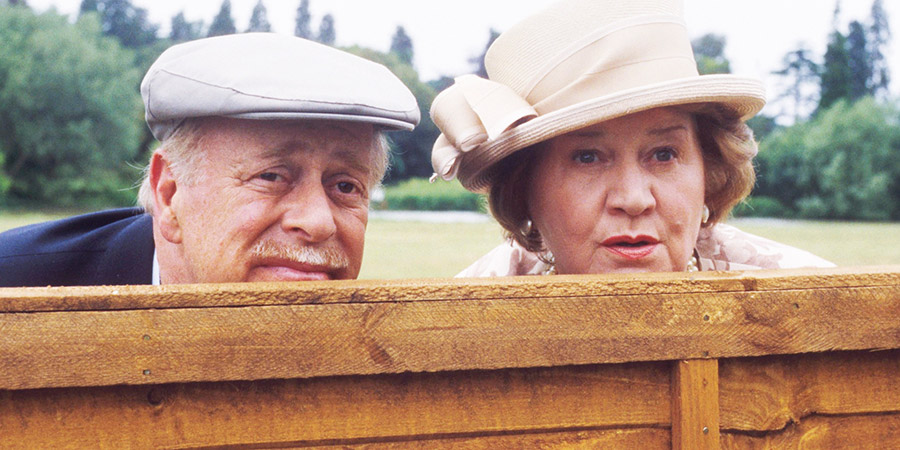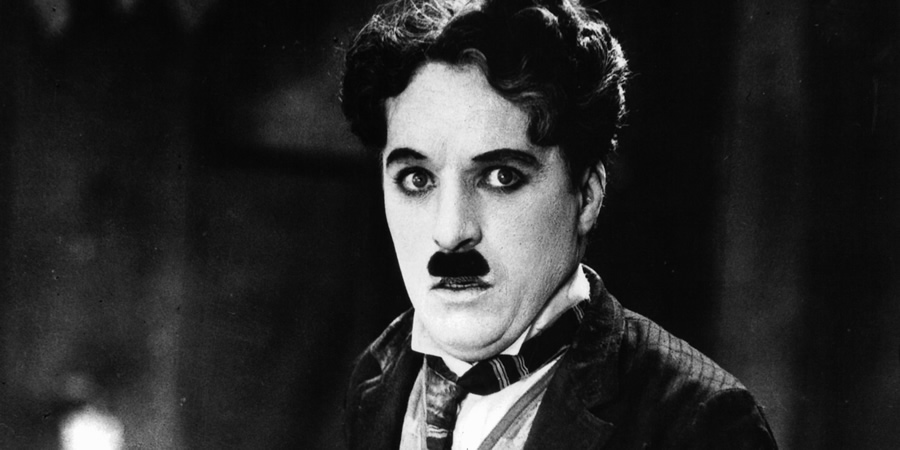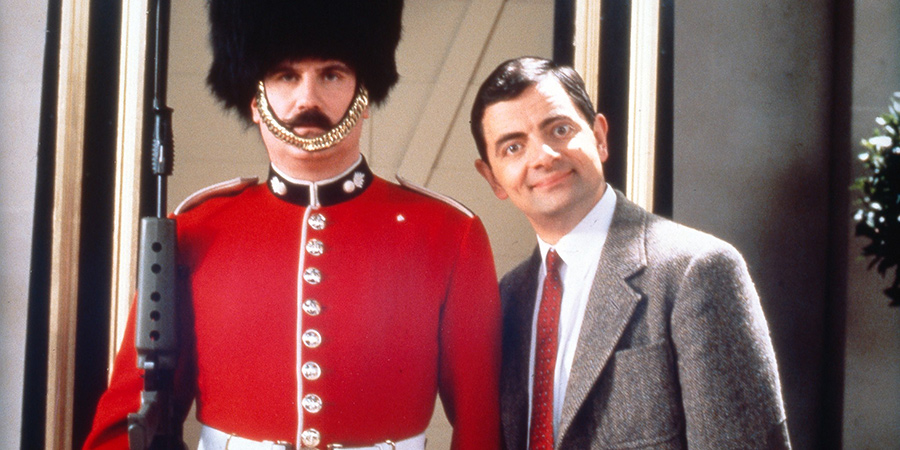Why is comedy so enduringly popular as a genre?

In the world of film and TV series there are many different genres, some with extraordinarily strong followings, either cult or mainstream. And as BCG's existence attests, comedy is certainly one of them!
Forms of entertainment have changed
Before we consider the reasons for the popularity of comedy, it is necessary to create an overview of the changed field of entertainment. In the past two decades alone, consumption patterns of entertainment have changed dramatically. In the past, music was shared on CDs and tapes, and movies were watched in cinemas or on video at home.
However, this has changed. Today, most of the above can be enjoyed via streaming, and with the proliferation of mobile devices, accessed on the go. In addition, the internet has also brought digital versions of many traditional hobbies: for example, playing at Mr. Green Casino has become very popular. In decades past it would have been necessary to sign up to members' club or visit a traditional, physical casino, but the internet has made it possible to have a smooth and easy casino experience from the comfort of your own home. Other types of gaming have also become more common, and this has helped fuel the birth and growing popularity of activities such as eSports.
These technological developments have allowed films and television series to maintain their popularity despite competition from newer forms of entertainment. One reason for this is that such productions offer a wide range of genres and styles, from action and suspense to comedy, whether broad or niche, gritty or wild. In the current age there is truly something for everyone to watch. But why has comedy remained so popular?
Forms of comedy
Since the dawn of film history - thought to have begun circa 1895 - comedy has been one of the most popular genres, initially fuelling innovation and interest, then packing in audiences. As we'll expand on below, soundless early cinema was heavily reliant on physical, visual and slapstick comedy, but with more ambitious storytelling methods now within easy reach, film-makers now derive laughs far more commonly from character. For example, characters can be funny if they are witty and cutting, but socially inept characters who mumble awkward comments are also good comic fodder. Funny scenes can therefore involve the unexpected, the embarrassing, and the downright daft.

The concept is simple, but making it work is not easy. The annals of cinema are filled with dozens of big names that have left their own mark on comedy and our collective consciousness.
Early filmed comedy was almost exclusively slapstick, finding humour in gawky-looking people falling and slipping. This was commonplace in the theatre before the film era, but immortalised in the works of physical comic geniuses such as Harold Lloyd, Charlie Chaplin, and Buster Keaton. Visual comedy is still regularly used in comic cinema, but more often alongside character- and dialogue-driven laughs. Woody Allen's career is an interesting study of the progression of silver screen comedy styles in America: at the beginning of his career he used plenty of visual humour, but latterly he has focused more on spoken comedy.
Big names in British comedy
British comedy is legendary throughout the world, and for many comedy lovers it is also a guarantee of quality. For example, much of Monty Python's work falls into the genre of absurdist comedy: in the 1960s, they used absurdist comedy in their TV series Monty Python's Flying Circus, and from 1971 they began producing feature films, a number of which are considered global classics of the comedy genre.
The appeal of British comedy throughout the Anglosphere - particularly in countries with large expatriate and recent-generation immigration communities, such as Canada and Australia - is perhaps obvious, but its extensive popularity in non-English speaking countries is also notable. Whoever would have thought that Only Fools And Horses would be one of the most popular television programmes in the Balkan states?
British television comedy has also established a firm fanbase throughout north-western Europe, and is one of the Finns' favourites. Pokka Pitää (Keeping Up Appearances) is a particularly popular import, with humour found in the attempts of the series' main character Hyacinth Bucket (played by the brilliant Patricia Routledge) to appear as, if not an upper-class lady, then at least a few rungs up the social ladder from her true position. The series is a good example of how to find humour in a certain stereotypical character: family embarrassment and social snobbery are far from unique British or even western traits, and many viewers from a wide range of cultures and countries know someone in their own lives who at least bears a passing resemblance to the dreaded Bucket woman!

Another favourite British comedy series is Mr. Bean, the internationally-acclaimed series starring Rowan Atkinson, who has had adventures both on the small and big screen in the guise of the largely-mute character. It too was popular in Finland, where it was known as The Man of Embarrassing Situations. Mr. Bean was one of the most successful British series in the world, spinning off into a cartoon version, and with Bean - The Ultimate Disaster Movie (1997) and Mr. Bean's Holiday (2007) produced as feature films.
As a character, Mr. Bean is interesting, and harks back to those earliest forms of screen comedy: he is quiet and childish, but on the other hand also a witty man. The humour is ultimately a mix of both visual and character: Bean's bizarre problem-solving methods, and the physical and visual humour derived from the situations he finds himself in. One example is using dynamite to paint a room, which, of course, does not go according to plan. In several other situations, Bean tries to show off to others, but his attempts to do this only lead to more embarrassment. One of Bean's childlike characteristics is his simplistic desire to be better than others and garner attention. It is easy to imagine that many people see similar personalities around them in their daily lives!
In summary, one of the secrets to the success of the comedy genre is that it contains many different approaches to and styles of comedy. Slapstick humour is still prevalent, but in addition, there are many different forms of comedy that laugh at the qualities of those around us.
